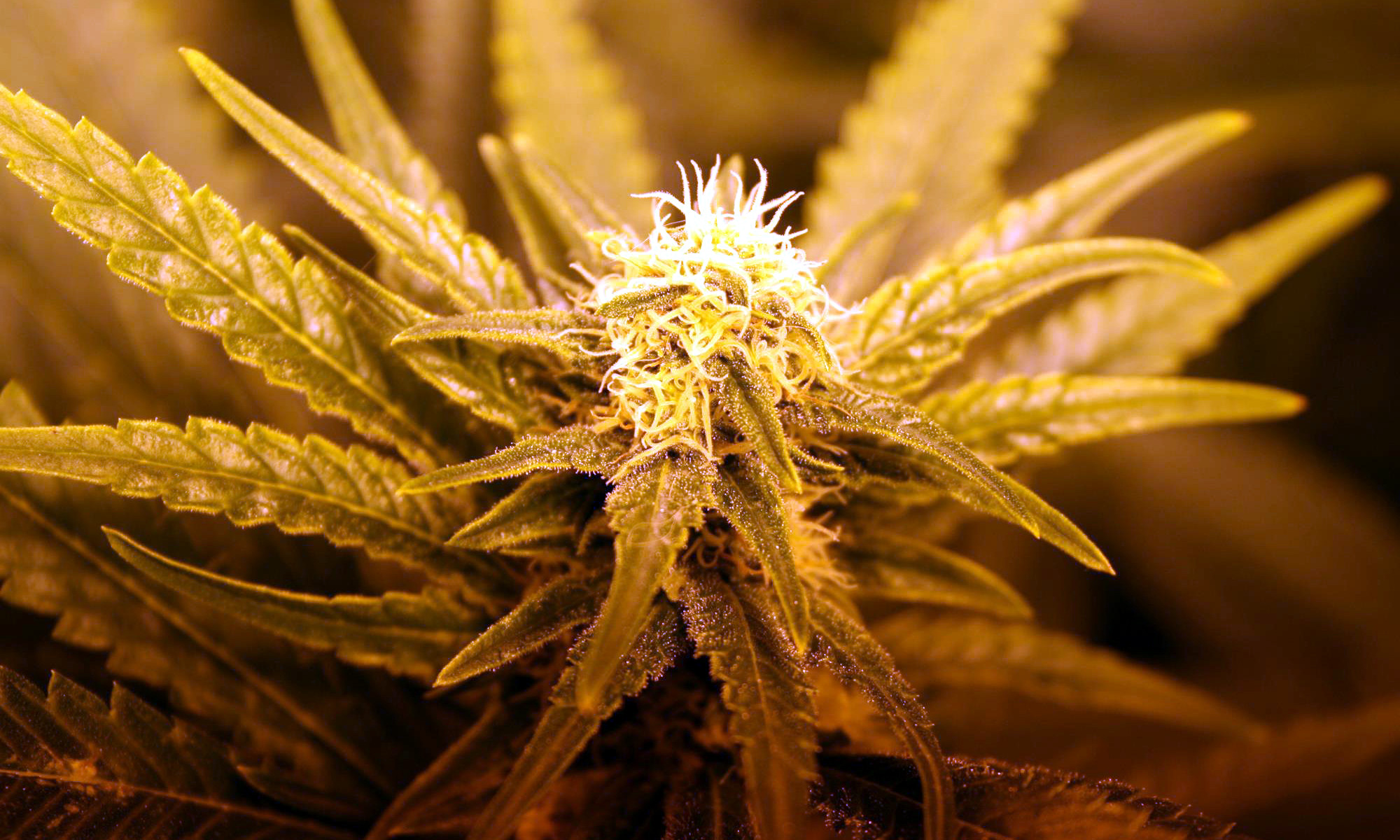
The evolution of language involves a complex history that is written daily. Trends, fads, songwriters, events, etc., all nudge and influence what we say and how we say it. Language is fluid and dynamic, being driven by popular usage. In relation to the popular cannabis terms, Indica and Sativa, there is a growing number of voices declaring those terms to be incorrect or even irresponsible and invalid.
Everyday people by the hundreds of millions use popular and familiar cannabis terms such as Indica, Sativa, Ruderalis, Hybrid and Hemp to effectively and clearly communicate in any number of cannabis-related discussions. The clarity of these terms is such that a consumer at a dispensary who is asking for a nice, sleepy-time, bye-bye Indica to help offset insomnia will almost assuredly get exactly what he or she wants. That clarity is akin to walking into a pharmacy to get aspirin and actually walking out with aspirin. These few terms are incredibly effective and efficient at creating the desired outcome.
The history of these terms and their widespread use is another byproduct of prohibition and research restrictions. Left without the benefit of scientific coevolution, the medical cannabis civil disobedience movement grew and learned as they went along. Breeders were able to buy strains based on these predications and to consistently and effectively achieve the desired results.
That same special breed of cannabis devotees grew, bred and learned about what this plant would offer. They learned about phenotypes and chemovars, how they interact and how to cross-breed for desired results. Such learning was mostly done without the input of the greater scientific community and the many relevant specialties. Yet when effectively communicating about cannabis, the terms Indica, Sativa, Hybrid, Ruderalis (AKA auto flower), etc., are still very much the most used tools in the cannabis vernacular toolbox.
Enter The Shift
Realistic attitudes are spreading globally at a pace cannabis proponents could only have dreamed of even a mere 10 or 15 years ago. Laws are being changed and attitudes are changing. The science that medical advocates and patients have desired for decades is finally seeing promise. The answers as to why cannabis is so beneficial on so many levels are finally going to be known.
One shift that was not so easily foreseen, however, was the effort to convince hundreds of millions of people that suddenly, after many decades, everybody is saying it wrong. There are many who claim that the terms in popular usage are invalid, an exercise in futility and/or total nonsense. That presents a couple of problems. Because research is just at the beginning of the journey, many of the whys, particularly regarding entourage effect, are still unknown. Aside from discussion of terpene profiles and specific terpene effects, science is only beginning the path to understanding the millions of ways cannabis interacts with our bodies.
The other problem is imposed, unnecessary context. A teaching physicist for example, will use terms that are familiar and understandable when speaking to the general public to help explain a broader meaning. When conversing with colleagues, however, that same physicist will revert to terminology with colleagues that would leave me — and most others — dizzy and confused. The language used is of critical importance to the context.
Currently, people are making cannabis purchases, getting what they want and are quite content using the terms with which they are familiar and prefer. Were those serving the needs of customers to start trying to ‘educate’ every customer beyond that familiar vernacular, they would likely lose a lot of business. Of course, there is a place in the discussions for terpene profiles. Consumers and providers are not at all unfamiliar with the technical details that they require and wish to discuss. That stated, almost every discussion centred around ‘What are you looking for?’ will invariably have Sativa, Indica or a hybrid variation as an initial qualifier.
Terms such as Indica or Sativa have evolved into entry points for discussion. They are a predictable indicator of what you are seeking. It’s not about species anymore. Instead, such terms are more of an amorphous designation that enable us to quickly and clearly drill down into specific detail.
As research develops, horticulture, plant biology, biochemistry, etc., will all bring with them new ways of describing specific plant function and composition. That will drastically change how the cannabis plant is seen in the learned community and the language used to describe it. That is what we all want. We do not, however, all want to become scientists. Just as it is not a requirement of every day life to know the exact molecular make up of your favourite beer, it is unrealistic to expect the general public to suddenly learn an entire new cannabis language.
Although the current terms are not conforming to the new profiles being discovered, they’re still extremely useful. It is counterintuitive to expect that the suggested changes would be welcome and accepted. Without an easily explainable alternative that can serve as an adequate replacement, how could they be? The general public converses in common, everyday vernacular; that will never change and attempting to change it is futile.
While terms such as Indica and Sativa will find they have no place in laboratory or horticultural settings, they will remain with the public. Does that mean they are not translatable or usable when endeavouring to explain the science in laymen’s terms? Perhaps.
Ultimately, the terms have come to mean something else entirely. When I enter a discussion about obtaining a specific phenotype, generalized terms such as Indica or Sativa and the meaning behind it is end result effect. Growers will attest that Indica and Sativa do indeed show different growth traits, with hybrid versions expressing variations. Beyond that, specific lineage and terpene profiles are the relevant factors in the conversations. So, in pure science terms perhaps they do not translate.
Indica. Sativa. Hybrid. These are basic roadmap terms that provide information similar to describing directions, such as north and south. They are effective terms that serve the basic purpose for which they are required. Nothing more, nothing less.
There is no need to require everyone to be able to understand the physics of an engine in order to drive a car.
